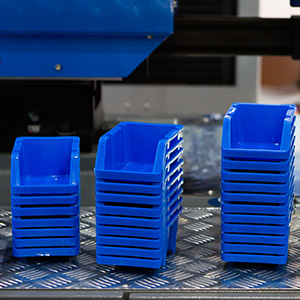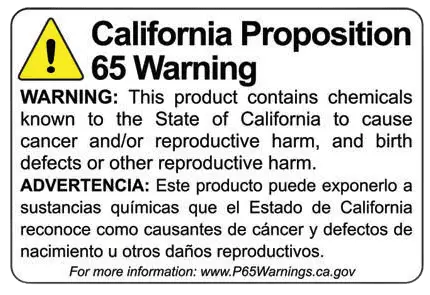 Plastic injection molding is a versatile manufacturing process that produces a wide range of products, from medical devices to automotive components. As industries strive to reduce their environmental footprint, sustainable practices in plastic injection molding have become essential. By adopting these practices, manufacturers can minimize waste, conserve energy, and reduce greenhouse gas emissions while maintaining product quality.
Plastic injection molding is a versatile manufacturing process that produces a wide range of products, from medical devices to automotive components. As industries strive to reduce their environmental footprint, sustainable practices in plastic injection molding have become essential. By adopting these practices, manufacturers can minimize waste, conserve energy, and reduce greenhouse gas emissions while maintaining product quality.
1. Use of Recycled and Biodegradable Materials
- Recycled Plastics: Incorporating post-consumer or post-industrial recycled plastics reduces dependency on virgin materials, conserving natural resources and reducing landfill waste.
- Bioplastics: Using biodegradable or compostable plastics derived from renewable resources, such as corn starch or sugarcane, helps lower the carbon footprint of products.
2. Energy-Efficient Equipment
- Electric Injection Molding Machines: Electric machines consume up to 50-70% less energy compared to hydraulic systems, significantly reducing energy costs.
- Optimized Heating and Cooling Systems: Advanced temperature control systems improve process efficiency, reducing energy use during material melting and cooling.
3. Process Optimization
- Cycle Time Reduction: Shortening cycle times minimizes energy consumption per part produced, boosting overall efficiency.
- Material Flow Analysis: Proper analysis and design of molds ensure even material distribution, reducing waste and defects.
4. Waste Reduction
- Regrinding and Reuse: Excess material, such as sprues and runners, can be reground and reused in subsequent production cycles, minimizing scrap.
- Lean Manufacturing Practices: Implementing lean principles reduces material waste, energy consumption, and production downtime.
5. Renewable Energy Integration
- Many facilities are now integrating renewable energy sources, such as solar or wind power, to operate injection molding machines, further decreasing carbon emissions.
6. Sustainable Mold Design
- Multi-Cavity Molds: These molds enable the production of multiple parts in a single cycle, improving material efficiency.
- Durable Molds: Investing in long-lasting molds reduces the need for frequent replacements, saving materials and energy over time.
7. Recycling and Circular Economy Initiatives
- Manufacturers are collaborating with suppliers and customers to create closed-loop systems, where end-of-life products are collected, recycled, and reintroduced into production.
8. Green Certifications and Compliance
- Following environmental standards such as ISO 14001 ensures systematic waste reduction and sustainability in operations.
- Adhering to regulations, like the EU’s REACH and RoHS, promotes the use of safer materials and practices.
Benefits of Sustainable Practices
- Cost Savings: Reduced material and energy consumption lower operating costs.
- Brand Value: Companies adopting green practices appeal to environmentally conscious consumers.
- Regulatory Compliance: Proactive sustainability measures help businesses stay ahead of regulatory requirements.
Conclusion
Sustainability in plastic injection molding is no longer optional; it is a business imperative. By adopting energy-efficient technologies, using recycled and biodegradable materials, and optimizing processes, manufacturers can reduce their environmental impact while staying competitive in an increasingly eco-conscious market.


